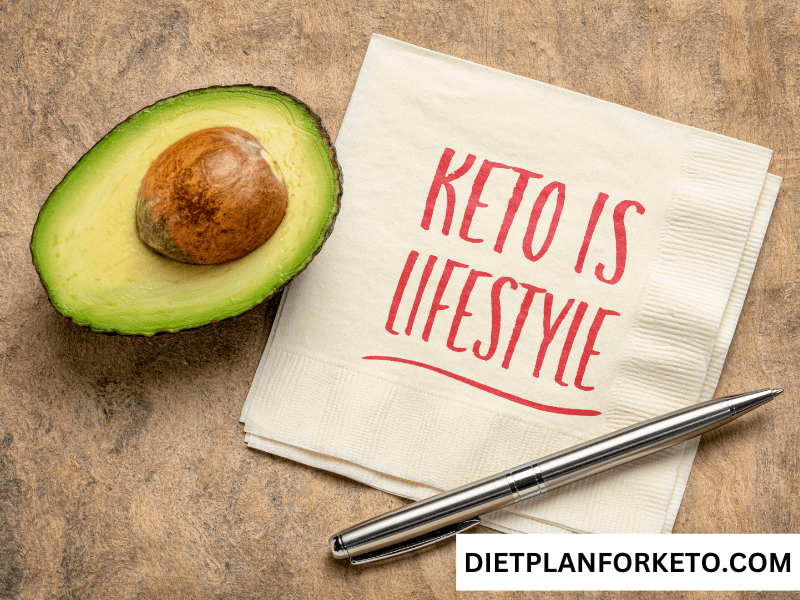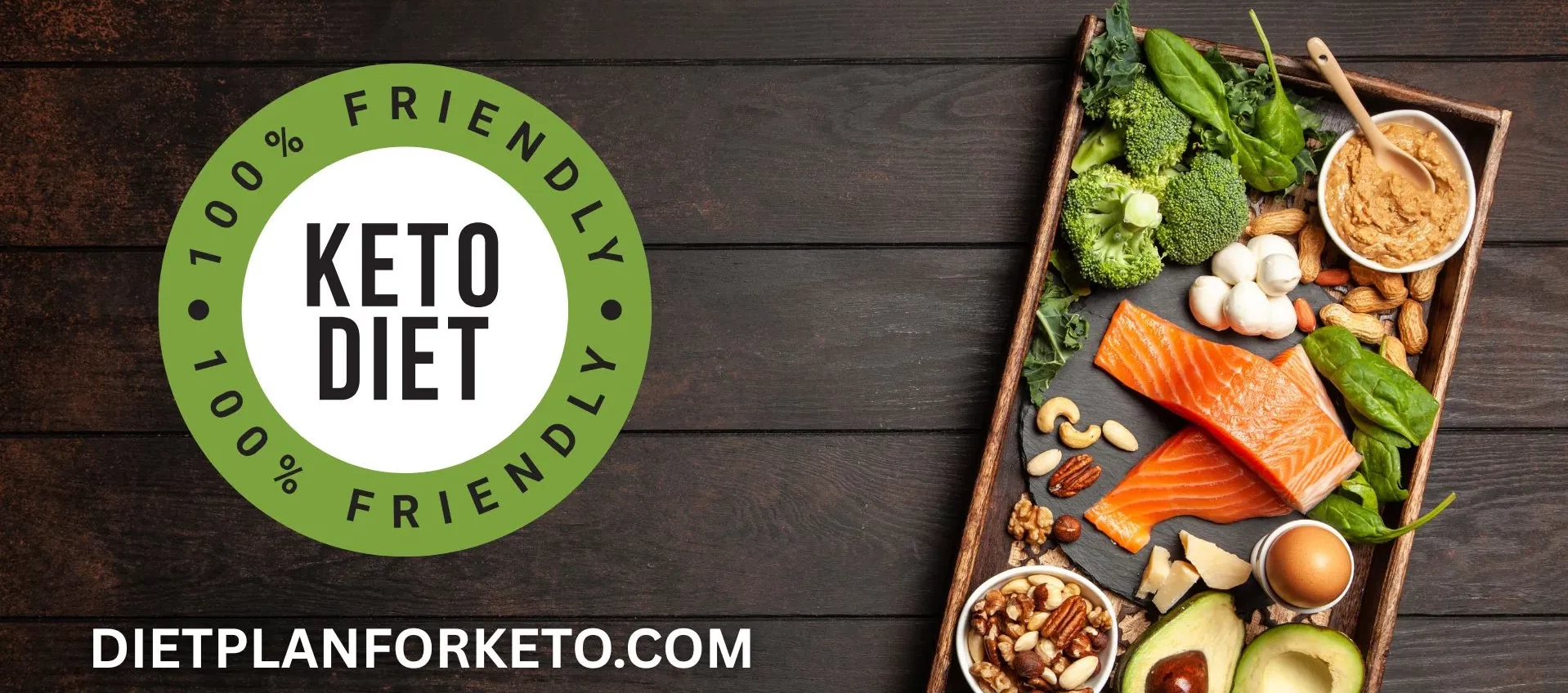Embarking on a ketogenic (keto) diet can be exciting, especially with promises of quick weight loss and improved health. However, it’s not uncommon to hit a frustrating roadblock: you’re following the plan but not losing weight.
Understanding why this happens is key to breaking through the plateau and achieving your goals.
This comprehensive guide will help you uncover the reasons you might not be losing weight on keto, backed by science, practical advice, and actionable solutions.
Table of Contents
- Understanding the Keto Diet
- Common Mistakes That Stall Weight Loss
- Hidden Carbs and Their Impact
- The Role of Macros: Are You Tracking Correctly?
- Metabolic Adaptations and Plateaus
- Hormonal Imbalances That Can Affect Progress
- Sleep, Stress, and Their Effects on Weight Loss
- Best Keto Recipes to Support Your Journey
- FAQs About Weight Loss on Keto
- Pros and Cons of Keto for Weight Loss
- Conclusion and Additional Resources
1. Understanding the Keto Diet
What is Ketosis?
Ketosis is a metabolic state where your body switches from burning glucose (carbs) to burning fat for energy. The body produces ketones during this process, which are molecules that fuel your brain and muscles.
How Long Does It Take to Enter Ketosis?
For most people, it takes 2–4 days of strict carb restriction to enter ketosis. Factors like your activity level, metabolism, and starting glycogen stores can affect this timeline.
How to Confirm You’re in Ketosis
- Urine Test Strips: Affordable but less accurate as your body adapts.
- Blood Ketone Meters: More precise but expensive.
- Breath Analyzers: Convenient for daily tracking.
2. Common Mistakes That Stall Weight Loss
Mistake: Eating Too Many Keto-Friendly Snacks
Many “keto-friendly” products are calorie-dense and can lead to overeating. Cheese, nuts, and fat bombs are common culprits.
Tip: Portion out snacks and track your calories to stay in a deficit.
Mistake: Drinking Too Many Calories
Beverages like bulletproof coffee, heavy cream in coffee, or keto smoothies can add up quickly.
Tip: Replace calorie-laden drinks with water, unsweetened tea, or black coffee.
Mistake: Ignoring Fiber Intake
Low fiber intake can cause digestive issues and slow weight loss due to bloating or constipation.
Tip: Incorporate high-fiber, low-carb foods like chia seeds, flaxseeds, and leafy greens.
3. Hidden Carbs and Their Impact
Watch Out for Sugar Substitutes
Sugar alcohols like maltitol can spike blood sugar levels, while others like erythritol and stevia are safer.
Tip: Stick to natural or keto-approved sweeteners, and check ingredient lists for hidden sugars.
Be Cautious with Dining Out
Restaurants often add starches, sugars, or breading to dishes that seem keto-friendly.
Tip: Ask for detailed ingredient information or request custom modifications (e.g., grilled meat instead of breaded).
4. The Role of Macros: Are You Tracking Correctly?
Macro Ratios: Why They Matter
While keto focuses on low carbs, the correct balance of protein and fat is crucial. Too much protein can convert to glucose (via gluconeogenesis), and too little fat can make you feel unsatisfied.
Target Ratios:
- Fat: 70-80%
- Protein: 15-25%
- Carbs: 5-10%
How to Adjust Your Macros
- Use a keto macro calculator to determine your daily targets.
- Adjust fat or protein intake if weight loss stalls.
- Recalculate macros as you lose weight.
5. Metabolic Adaptations and Plateaus
Understanding Weight Loss Plateaus
A plateau occurs when your body adapts to a consistent calorie deficit, slowing your metabolic rate. Plateaus are normal but can be frustrating.
Break Through a Plateau
- Switch Up Your Routine: Incorporate different exercises to challenge your body.
- Cycling Calories: Alternate between higher and lower calorie days to prevent metabolic slowdown.
- Increase NEAT (Non-Exercise Activity Thermogenesis): Walk more, take stairs, or do light household tasks.
6. Hormonal Imbalances That Can Affect Progress
The Role of Insulin Resistance
Many people start keto to combat insulin resistance, a condition where cells don’t respond effectively to insulin. While keto helps improve insulin sensitivity, weight loss may be slower initially.
Tip: Focus on whole, unprocessed foods and avoid hidden carbs.
Thyroid Function and Keto
Low-carb diets can sometimes reduce thyroid activity in sensitive individuals, slowing metabolism.
Tip: Ensure you’re getting enough iodine, selenium, and zinc from foods like seafood, eggs, and nuts.

7. Sleep, Stress, and Their Effects on Weight Loss
Inadequate sleep disrupts hunger-regulating hormones like ghrelin (which increases appetite) and leptin (which signals fullness).
Tips for Better Sleep:
- Create a relaxing bedtime routine (e.g., read, meditate).
- Keep your bedroom dark, cool, and quiet.
- Limit screens at least an hour before bed.
Stress and Cortisol
Chronic stress increases cortisol, which can lead to fat storage, especially around the midsection.
Tips to Manage Stress:
- Engage in activities that bring joy (e.g., hobbies, socializing).
- Practice deep breathing or mindfulness exercises.
- Set boundaries to protect personal time.
8. Best Keto Recipes to Support Your Journey
Recipe 1: Creamy Garlic Butter Chicken
- Ingredients:
- 4 boneless chicken breasts
- 2 tbsp butter
- 3 garlic cloves, minced
- 1 cup heavy cream
- ½ cup grated Parmesan cheese
- 1 tsp Italian seasoning
- Instructions:
- Season chicken with salt and pepper. Sauté in butter until golden.
- Add garlic and cook for 1 minute.
- Stir in heavy cream, Parmesan, and seasoning. Simmer for 5 minutes.
- Serve with steamed zucchini or cauliflower rice.
- Net Carbs: 3g per serving
Recipe 2: Keto Avocado Egg Salad
- Ingredients:
- 3 hard-boiled eggs, chopped
- 1 avocado, mashed
- 1 tbsp mayonnaise
- 1 tsp Dijon mustard
- ½ tsp paprika
- Instructions:
- Combine all ingredients in a bowl.
- Mix until creamy and serve on lettuce leaves.
- Net Carbs: 2g per serving
Recipe 3: Keto Cauliflower Pizza
- Ingredients:
- 2 cups riced cauliflower
- 1 cup shredded mozzarella
- 1 egg
- ½ tsp Italian seasoning
- Toppings: pepperoni, mushrooms, spinach
- Instructions:
- Preheat oven to 400°F. Microwave cauliflower for 5 minutes, then drain.
- Mix cauliflower, mozzarella, egg, and seasoning into a dough.
- Flatten onto a parchment-lined baking sheet. Bake for 10 minutes.
- Add toppings and bake for another 10 minutes.
- Net Carbs: 5g per slice.
Recipe 4: Keto Chocolate Mug Cake
- Ingredients:
- 2 tbsp almond flour
- 1 tbsp cocoa powder
- 1 tbsp erythritol
- 1 tbsp melted butter
- 1 egg
- ½ tsp vanilla extract
- Instructions:
- Combine all ingredients in a mug.
- Microwave for 60-75 seconds.
- Let cool and enjoy!
- Net Carbs: 3g per serving.
9. FAQs About Weight Loss on Keto
- Can I eat fruit on keto? Low-carb options like berries are fine in moderation.
- Do I need to count calories? While not required, it’s helpful for overcoming plateaus.
- Can I Eat Dairy on Keto? Yes, but choose full-fat and unprocessed options. Some people may need to limit dairy due to lactose intolerance or sensitivity.
- How Much Water Should I Drink? Aim for at least 8-10 cups per day to stay hydrated and support digestion.
- What About Supplements? Consider electrolytes (sodium, potassium, magnesium), omega-3s, and multivitamins to address potential deficiencies.
10. Pros and Cons of Keto for Weight Loss
Pros:
- Efficient Fat Burning: Promotes use of stored fat as energy.
- Appetite Control: High-fat meals reduce hunger.
- Improved Energy Levels: Ketones provide a steady energy source.
Cons:
- Social Challenges: Eating out or attending events can be tricky.
- Keto Flu: Initial fatigue, headaches, and irritability may occur as your body adapts.
- Maintenance Difficulties: Transitioning off keto can lead to weight regain if not managed carefully.
11. Conclusion and Additional Resources
Understanding why you’re not losing weight on keto requires attention to details like macros, hidden carbs, and lifestyle factors. By addressing these challenges, you can achieve sustainable weight loss while enjoying the benefits of ketosis.
For more tips and keto recipes, check out these 41 Keto recipes.
